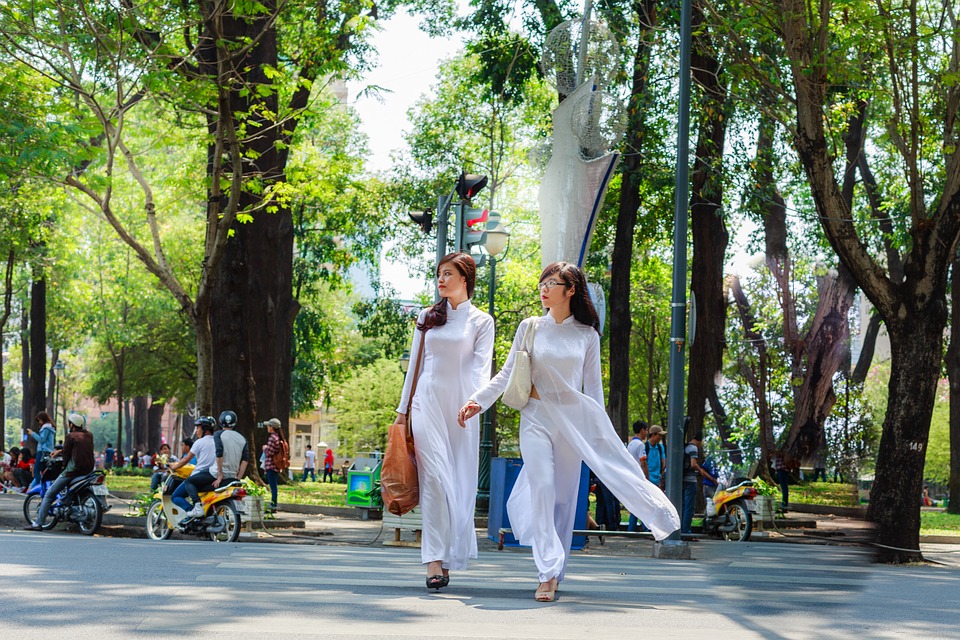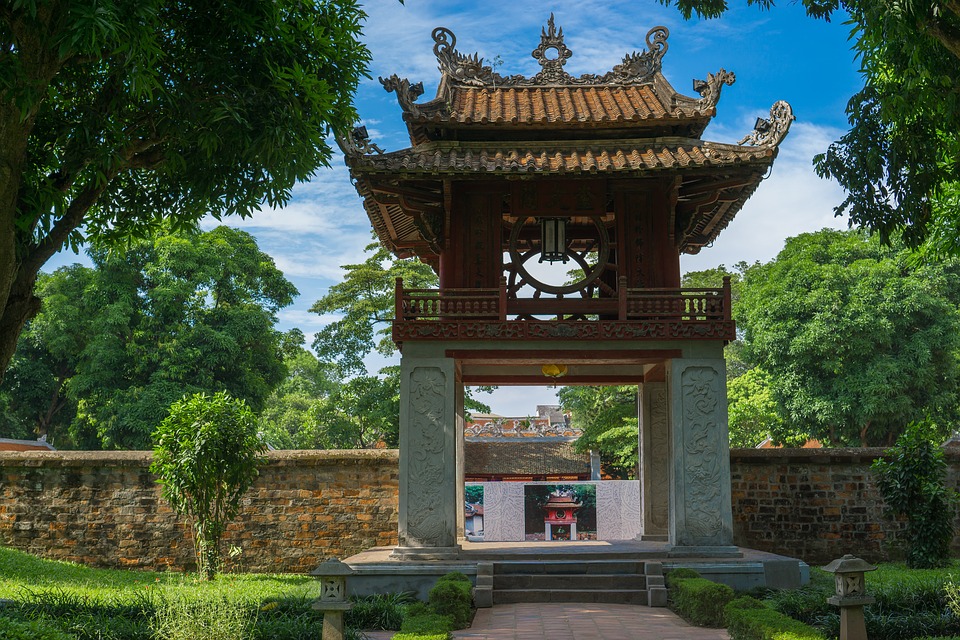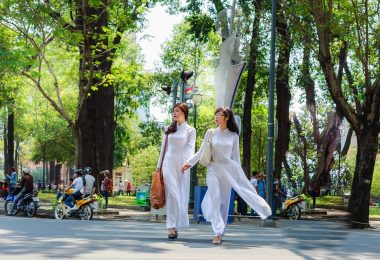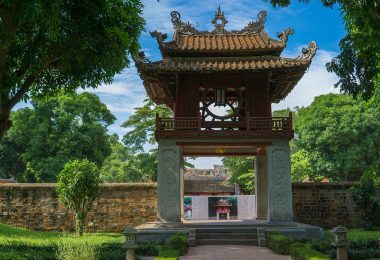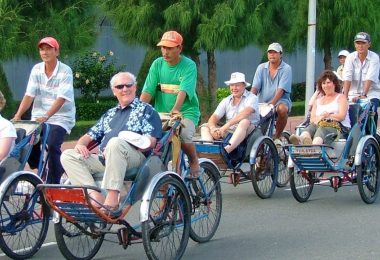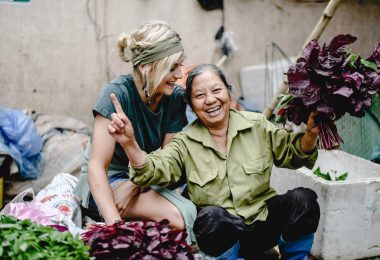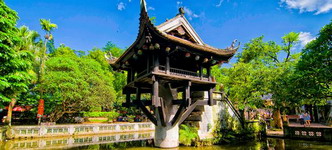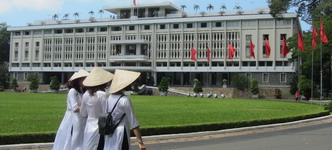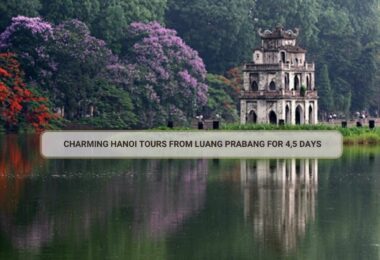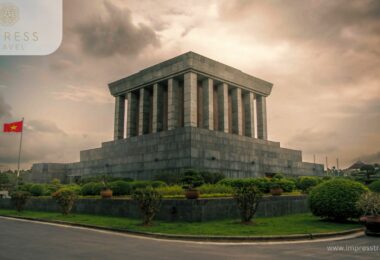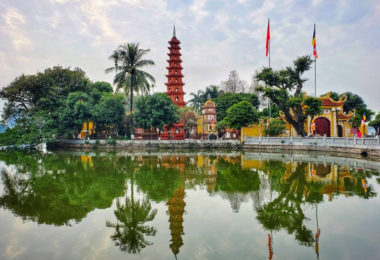Introduction
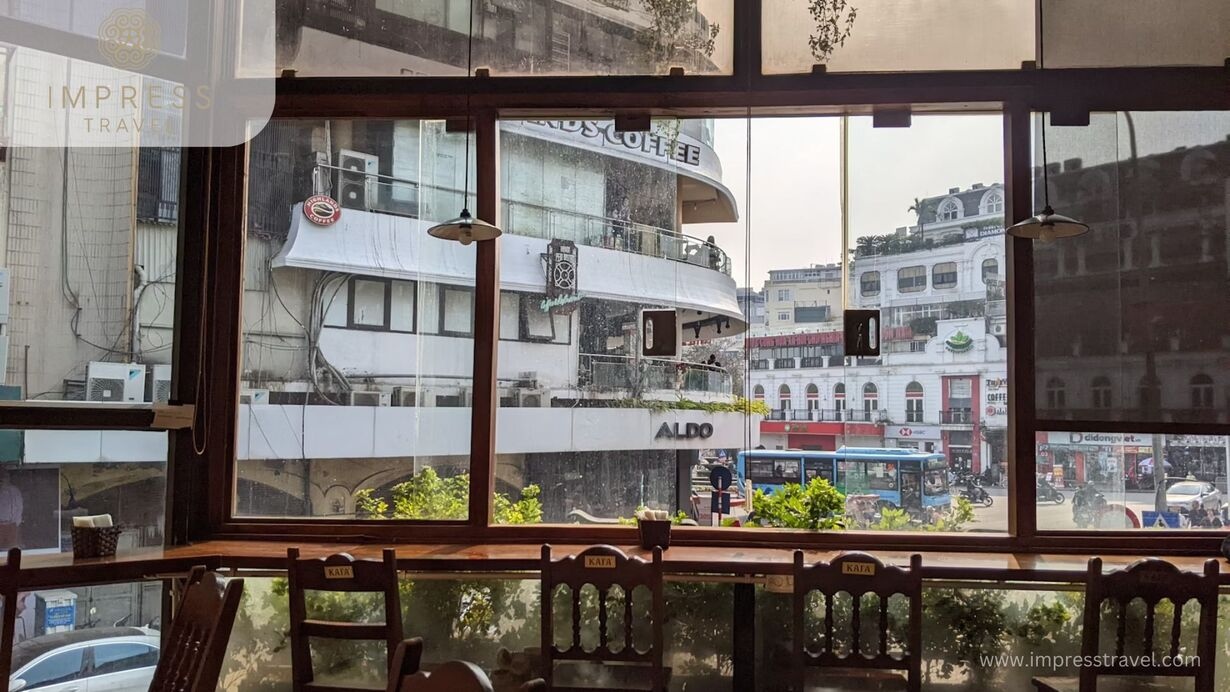
Hang Bac -the richest street
Hang Bac (bạc) is considered the most expensive street among the 36 famous old streets in Hanoi. This place is also the cradle of jewelry trading in the city with many interesting historical stories.
Hanoi does not have a “Hang Vang" street, the most luxurious is Hang Bac and then Hang Dong, Hang Tin…; but despite this, Hang Bac Street now has nothing short of gold and of course there is still a lot of silver – a precious metal that identifies the street.
Hang Bac Street is 280m long and 6.5m wide. From the end of Hang Mu street – Ma May junction, running through the intersection with Ta Hien – Dinh Liet street, to the boundary of Hang Ngang street and Hang Dao street
Now in the territory of Hang Bac ward, Hoan Kiem district.
History
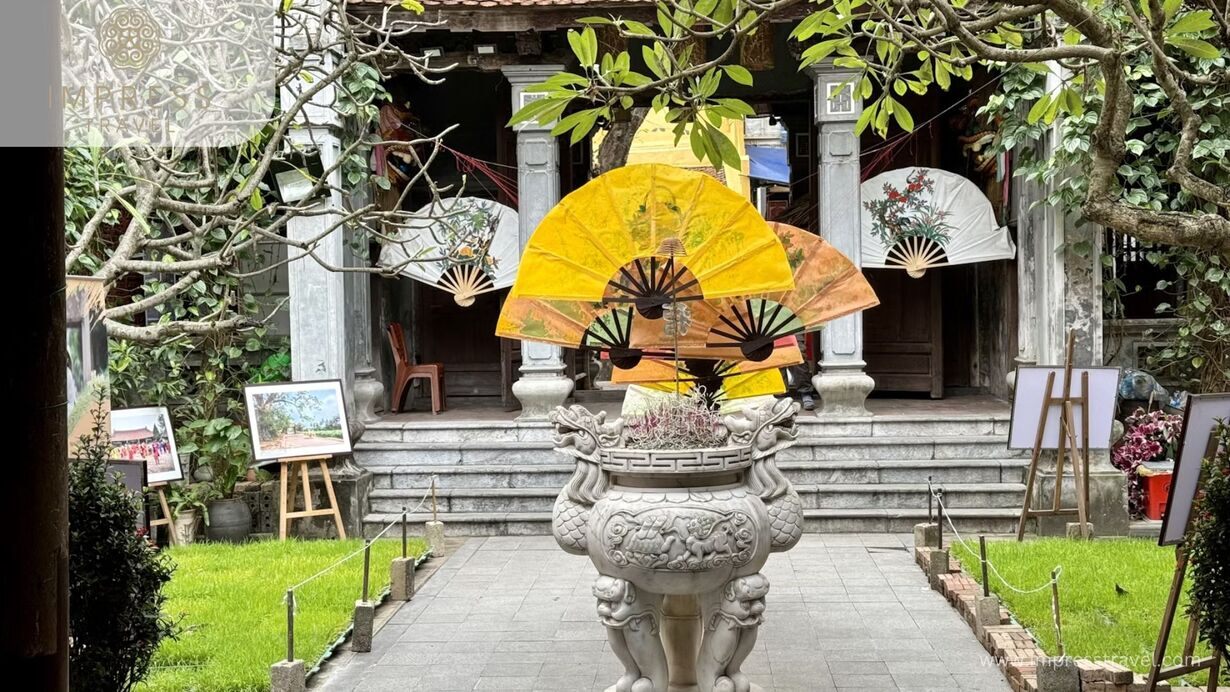
Hang Bac
Previously, Hang Bac Street had three different industries: compressed silver casting, jewelry and money exchange. The people who worked in the silver casting profession were all people from Trau Khe village (now in Binh Giang district, Hai Duong province). Because compressed silver was used as currency in ancient times. And this privilege was brought to the people of Trau Khe by Luu Xuan Tin. But in the two Hang Bac communal houses, they do not worship him, but Hien Vien, a mythical figure considered a “polytechnic group", that is, a person born in a hundred professions! At the end of the nineteenth century, due to the large increase in the number of Trau Khe people setting up businesses in Hang Bac Street, the two communal houses did not have enough space for the villagers to meet and make sacrifices, so they arranged to buy the Nội Miếu (inner temple) of the Hai Tuong Shoemaker villagers to make a temple to sit in the temple and return to their hometown of “Trau Khe Vong So".
In addition to the silver minting profession, the people of Trau Khe here also work in the profession of exchanging money and silver. Initially, in the past, we did not have money in paper money, but in copper money, zinc money, scrap silver, and compressed silver. Whenever you need to spend a large amount of money and use copper, zinc or scrap silver coins, it is bulky and very aggressive, on the contrary, when consuming small but only compressing silver in your hands, it is also troublesome. Therefore, you have to go to Hang Bac to exchange.
The silver minting profession in this street ended at the beginning of the nineteenth century, when Gia Long moved the capital to Hue, forcing “Trang" to also mint silver. As for the money changer, it lasted until the French invasion.
Hang Bac Street has a third profession, related to silver and gold, which is the jewelry profession. This profession includes three different professions: carving, that is, carving drawings and patterns on jewelry objects or utensils made of gold and silver; The bean profession is to pull gold and silver to melt into fibers and then pass them into the shape of flowers and leaves, the wild bird attaches to jewelry, the smooth profession is to make gold and silver dishes without a ripening station only “beaded" so that they are smooth and smooth.
The jeweler is from Dinh Cong, now in Hoang Mai district, Hanoi. Legend has it that during the reign of Emperor Ly Nam (6th century), there were three people from this village, Trần Điền, Trần Điện and Trần Hòa, who learned jewelry to teach the villagers. Jeweler Dinh Cong went to Thang Long also on Hang Bac Street, but later than the Trau Khe silver foundry, he moved to what is now the beginning of Hang Bo Street. They also set up an ancestral temple (three Tran cousins) in Hang Bo Street, the altar was “processioned" to worship at the communal house of Dinh Cong village.
Also working as jewelers are the people of Dong Sam village (Kien Xuong district, Thai Binh province). They also know the profession of touching but it seems that between these two jewelry villages there is an assignment (not very thorough) that is to worship Dong Sam specializing in large silver cosmetics such as pots, tops, betel boxes, cup trays, silver bowls, silver plates… And Dinh Cong craftsmen mainly make small jewelry such as earrings, beads, rings…
Until the beginning of this century, Hang Bac Street was still an old town, with two rows of “matches", with a sign of “silversmith" with the same “equipment" and decoration, that is, only consisting of a small bowl, an anvil and a ring, etc.
Let’s mention the two common houses of the “native" people. Because in this Hang Bac street, in addition to the people of Trau Khe, Dinh Cong, and Dong Sam villages to “stay in the beans’ , there are still hometown people of Dong Cac ward, of the two villages of Dung Han and Dong Tho. They also have their own temples. They are Dung Han communal house, now house No. 54 and Dung Tho is now house No. 24. Dung Han communal house has an ancient stele, erected in 1783, talking about a duke who tried to hide the communal house, but the people sued and won. At that time, Dung Han was a neighbor of Dong Cac ward. Dung Khan communal house during the Loh Lang period (see the section “Cau Giay "). As for Dung Tho Temple, it worships Mother, in the last years of the French colonial period, it was called Truong Ca communal house, the name of a famous temple keeper who sold pho to sell all night!
As for the combat history of the capital, Hang Bac Street has a house that has now become a proud memory of Hanoi. It is the Golden Bell Theater, no. 72 Hang Bac. Here, in the midst of the fiercest days of the “national resistance" against France, on the morning of January 14, 1947, the Team of Zone I took the oath here.
The street with the smallest houses in Hanoi
Hang Bac still has quite a few houses built in the old style, in the style of “matches", above which is a classic tile roof. If Ma May used to be the street with the most ancient houses in Hanoi, Hang Bac is the same. The image of tile roofs protruding from above can be seen quite a lot in Hang Bac.
Another interesting point: Hang Bac is probably the street with the smallest houses in Hanoi. Everyone knows that Hanoi is crowded, houses close to each other, narrow alleys, dark but basically the houses on the streets are not too narrow, usually about 3m wide, the wider houses are usually villas or for some special purposes.
But in Hang Bac, everyone was surprised by the narrowness here, the street has many houses with a width of only 2m, even just more than 1m. The houses are exactly like matchbags with small widths, deep vertical faces, and dark alleys. There are many houses with extremely narrow widths, so when you walk through the street, the feeling of toy puzzle houses like children suddenly appears. But although the house is narrow, Hang Bac is an extremely busy street.
A special street in Hanoi
Hang Bac Street has a long history with the title of famous silversmith a few hundred years ago. Hang Bac is famous for its traditional profession and even foreigners in the past, when passing through Hang Bac are also impressed by the silver minting and trading here. A Frenchman once wrote about the street as follows: “That street is one of the beautiful streets of Hanoi. Silver changers sat in a circle on the collapsed pile in the store, in front of piles of zinc and copper coins; and a small chest. They are silver minters."
And today’s Hang Bac, like the rare streets of Hanoi’s Old Quarter, still retains its name. The street has many gold and silver shops, from the beginning of the street to the end of the street, the gold shops are adjacent to each other, crowded with people buying and selling, passing by. Hang Bac Street trades and crafts silver, gold, precious metals and at the time of opening, there are travel agents, hotels, restaurants, but most of them are still silver goods with a long tradition.
Hang Bac Street today
Today’s Hang Bac Street is only about 0.5 km long, but there are hundreds of large and small shops gathered. Traditional jewelry making and gold and silver products are still maintained by experienced craftsmen as well as the younger generation who continue the family’s craft. Although most of the stores are now equipped with advanced technology, some families still keep the handmade tools of their ancestors.
Admittedly, the making of gold, silver, and jewelry products today is supported by modern machinery and advanced technology, but none of them can compare to the sophistication and uniqueness of the jeweler’s hand. With handmade tools, Hang Bac street artisans have created many exquisite products, especially jewelry.
There are many types of jewelry in different designs such as earrings, rings, necklaces, bracelets, ornaments, etc. There are two main types of products. One is simple items such as rings, earrings, bracelets for women and children. The other are carvings, the most famous among the Hang Bac artisans. Popular decorations for carving include the sacred animals of Asia (dragon, unicorn, and phoenix) with the dragon being the most varied subject thanks to the ingenuity of the craftsmen.
In addition, other images are also carved such as people, trees, flowers and leaves symbolizing good virtues according to Eastern culture such as bamboo, orchids, apricots, chrysanthemums. They all come in embossed or sunken shapes, two styles that characterize the product here. Today, jewelry, gold and silver as well as money exchange are present on many other streets in Hanoi, but Hang Bac is still the first place to go thanks to talented artisans and centuries of history.
Conclusion
As one of the oldest old quarters of Hanoi with unique architectural works and such characteristic cultural features, currently, Hang Bac street is also one of the heritages that are seriously degraded, ancient architectural works are encroached upon, People are also building houses indiscriminately without planning, so street “antiques" are gradually disappearing. This is alarming for the heritage of Thang Long – Hanoi. Because if you lose the old town, no matter how beautiful Ho Kiem is, no matter how spacious and modern Hanoi develops, it will lose its own charm and like many other cities in the world.
Don’t forget to regularly follow our Facebook page and Website for more interesting information about traveling to Hanoi and to book Hanoi tours at the best prices.


































